Becoming a pilot is a thrilling and fulfilling adventure that will allow you to see the world from a new vantage point and explore the skies at your leisure as a supreme aviation guide. Aspiring pilots have an opportunity to realize their ambitions in Canada, a nation renowned for its expansive landscapes and diverse aviation industry. With information on training, certification, and job possibilities, this blog will walk you through the criteria and processes of becoming a pilot in Canada.
Level of Education Necessary:
It is imperative that you fulfill the educational requirements before you can soar over the air. Although a high school diploma is necessary, it can be helpful to have a background in math or science. Many people who want to be pilots decide to get degrees in aviation or closely related subjects so they can learn all the technical parts of flying.
Which Flight School Is Best for You?
One of the most important things you can do to become a pilot is to choose a good flying school. There is a wide variety of certified flight schools in Canada, each offering a unique curriculum and method of training. Find a school that fits your budget, learning style, and professional aspirations by doing research and visiting several options. Seek out training facilities with seasoned teachers, up-to-date planes, and a solid reputation for student safety.
Permit to Fly a Private Aircraft (PPL):
Getting your Private Pilot License (PPL) is the first step toward piloting a plane in Canada. You can fly private aircraft as the pilot-in-command with this license. The standard flight duration for a private pilot’s license (PPL) course is 45 hours, with 12 hours spent flying solo and 17 hours spent in a dual instruction setting. Transport Canada also administers a written exam and a flight test, both of which you must pass.
Learning Time and Other Credentials:
The next step, after getting your PPL, is to accumulate flying hours and get some real-world experience. A lot of people who want to be commercial pilots get their start in the industry as flight instructors or in other entry-level roles in the aviation industry. During this time, you can also get your Commercial Pilot’s License (CPL) and Instrument Rating (IR), which will allow you to fly for pay once you get your pilot’s license.
Certification as a Commercial Pilot (CPL):
Get your Commercial Pilot License (CPL) if you want to take flying seriously as a vocation rather than just for fun. A total of 200 flying hours, of which 100 must be spent in the role of pilot-in-command, are required to obtain this license. In the CPL course, students learn complex flight maneuvers as well as navigation and emergency protocols. You will have to do a flight test and pass certain written tests, just like the PPL.
Ratings for Multiple Engines and Types:
Additional training is necessary for individuals who aspire to fly larger, multi-engine aircraft. Type ratings are certifications for certain models of aircraft, while a Multi-Engine Rating (ME) authorizes the operation of aircraft with several engines. Gaining these credentials will make you more marketable to potential employers and provide you with access to more chances in the aviation sector.
Certified Pilot License (CPL) for Airline Transport:
The Airline Transport Pilot License (ATPL) is the pinnacle of pilot qualification in Canada. Being a captain of a commercial airplane requires this license. An Advanced Pilot Certificate (ATPL) can be obtained with 1,500 total flying hours, 250 of which must have been logged while serving as pilot-in-command. Obtaining entry-level work experience, such as that of a first officer with a minor airline, is a common way to fulfill this criteria.
Final Thoughts!
The road to becoming a pilot in Canada is long and winding, but it’s worth it. A desire of yours can come true at any point along the road to becoming a pilot, from deciding on an appropriate course of study to acquiring the appropriate licenses and accumulating flight time. You can reach new heights and begin a rewarding career as a pilot amid Canada’s stunning landscapes if you’re determined, dedicated, and passionate about aviation as a world tour guide.
For more information, visit us at https://saairborne.com/. Make sure to follow us on Instagram and Facebook to get the latest updates.


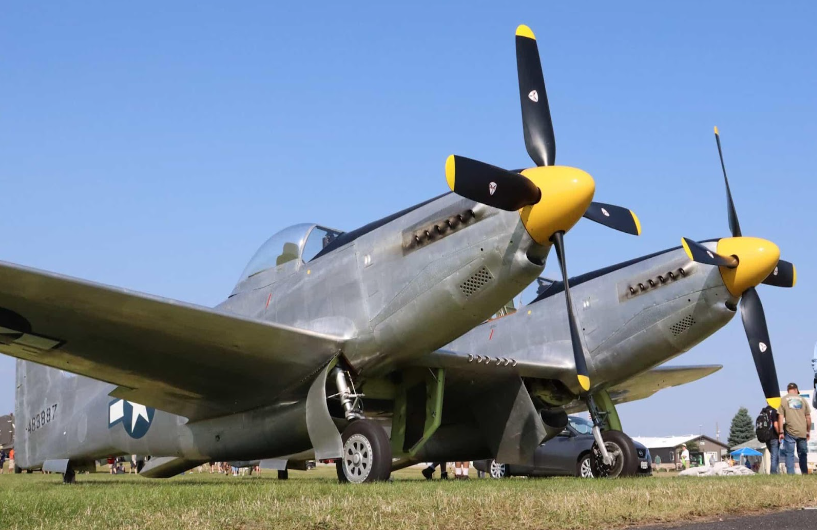
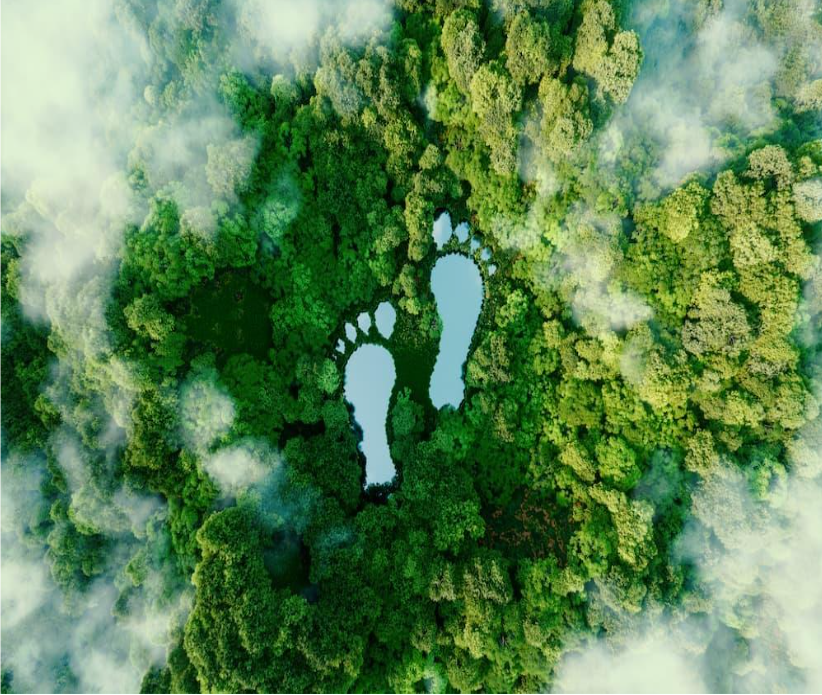

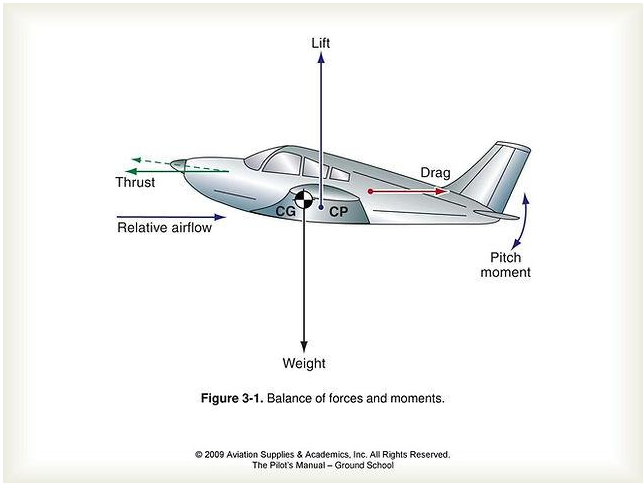
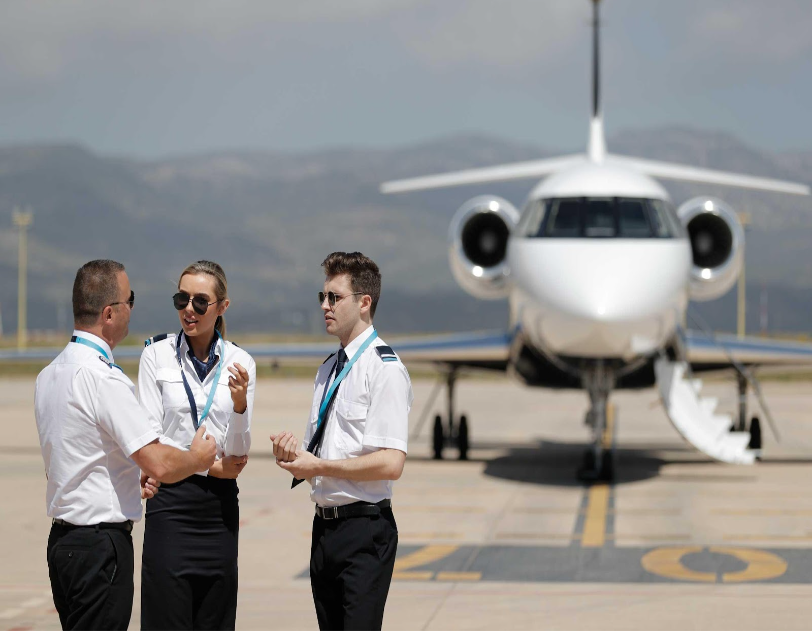
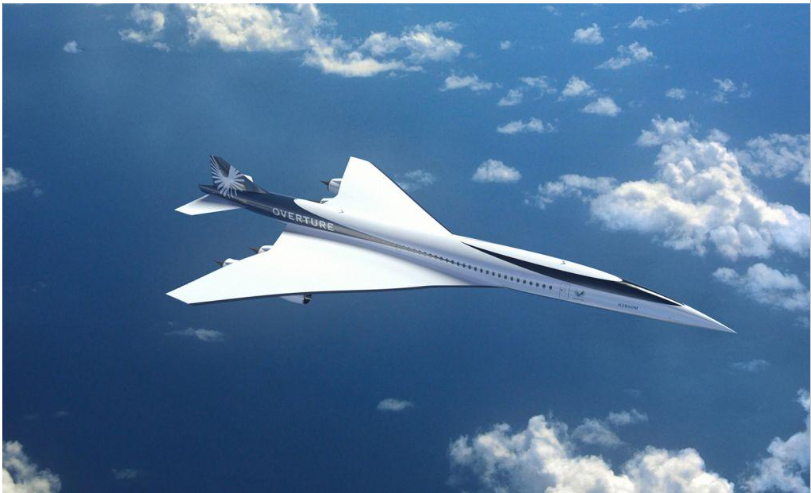
[…] on the journey to become a pilot in Canada is an exhilarating endeavor filled with adventure, challenges, and boundless opportunities. Whether […]